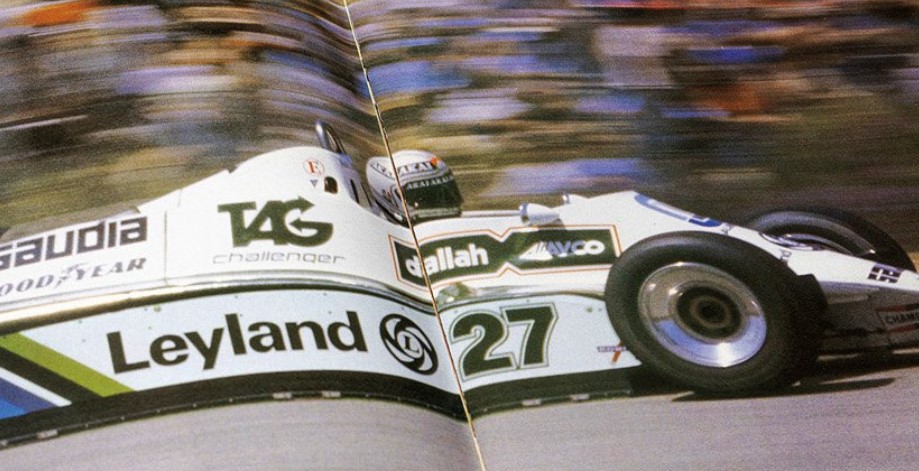
Spotlight on Photography: Relive the 1980 Grand Prix Through Michael Turner's Racing Photos
Amid the roar of racers zooming toward the finish line in London during the 1980 Grand Prix, longtime auto-racing photographer and renowned artist Michael Turner trained his lens on a Saudia-Williams FW 07.
March / April 1981
Amid the roar of racers zooming toward the finish line in London during the 1980 Grand Prix, longtime auto-racing photographer and renowned artist Michael Turner trained his lens on a Saudia-Williams FW 07. Its Australian driver, Alan Jones, was about to make history. Slowing his camera’s shutter speed, Turner clicked away while following his lens along with the speed of the car, causing it to stay in sharp focus and blurring the background of fans. This technique, called “panning,” shows the race car is in motion—and about to drive off the page to victory in the March/April 1981 cover story “Formula One.” Jones won the race, his fourth victory of the season and third win in a row. AramcoWorld highlighted the achievement of the “back-street boys,” referring to the British and Saudi partner builders and sponsors of the car who saw the promise in showcasing innovative automotive technology and a wide-open track for beating the giants of the Formula 1 world.
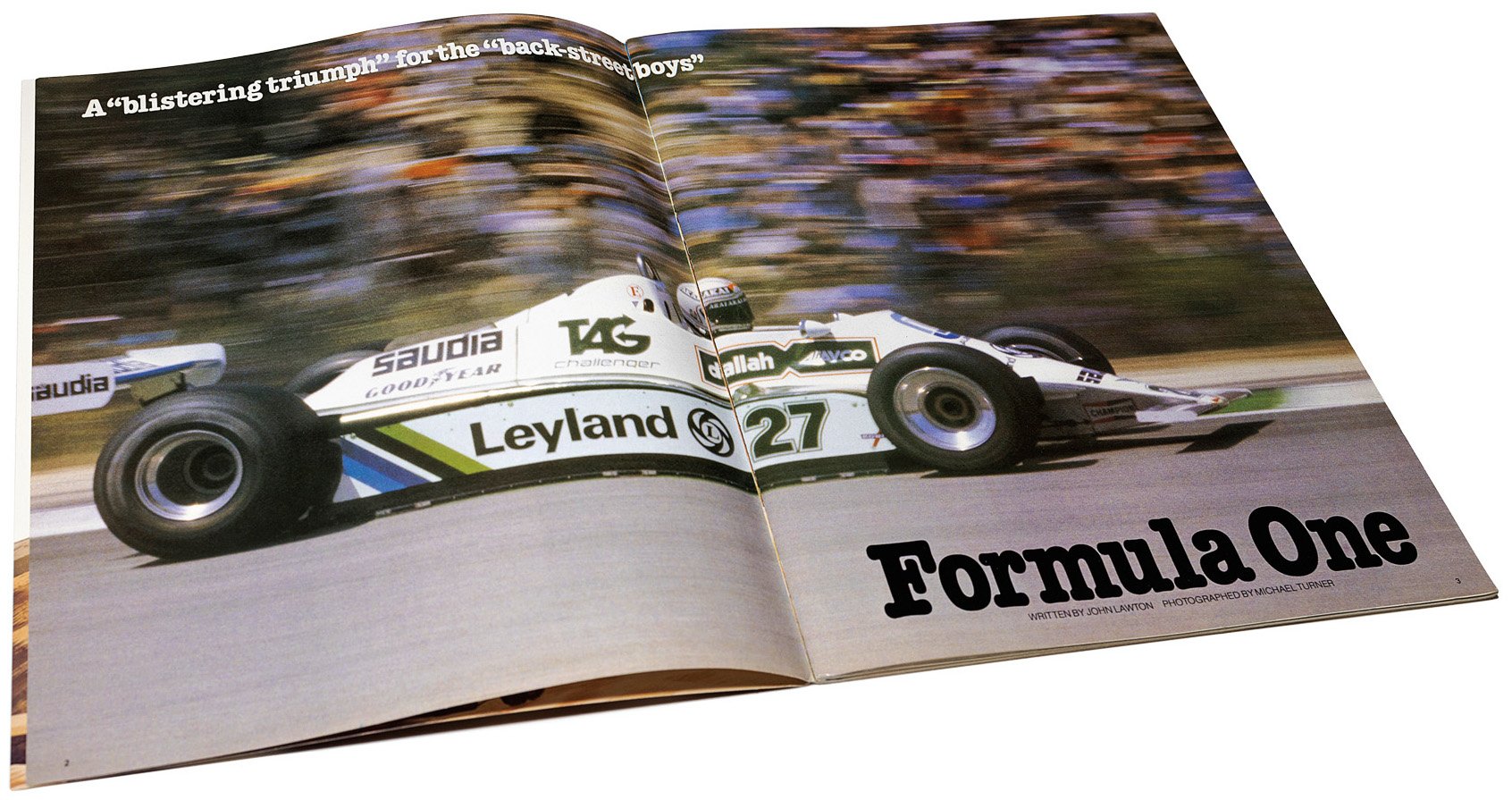
You may also be interested in...
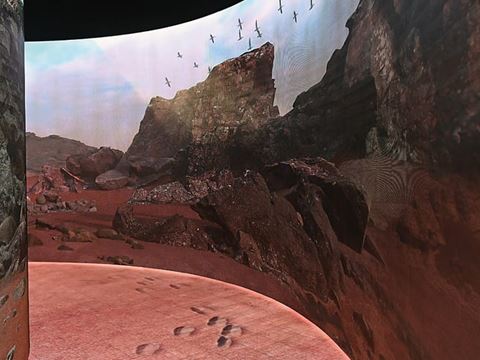
Ithra Explores Hijrah in Islam and Prophet Muhammad
History
Arts
Avoiding main roads due to threats to his life, in 622 CE the Prophet Muhammad and his followers escaped north from Makkah to Madinah by riding through the rugged western Arabian Peninsula along path whose precise contours have been traced only recently. Known as the Hijrah, or migration, their eight-day journey became the beginning of the Islamic calendar, and this spring, the exhibition "Hijrah: In the Footsteps of the Prophet," at Ithra in Dhahran, Saudi Arabia, explored the journey itself and its memories-as-story to expand understandings of what the Hijrah has meant both for Muslims and the rest of a the world. "This is a story that addresses universal human themes," says co-curator Idries Trevathan.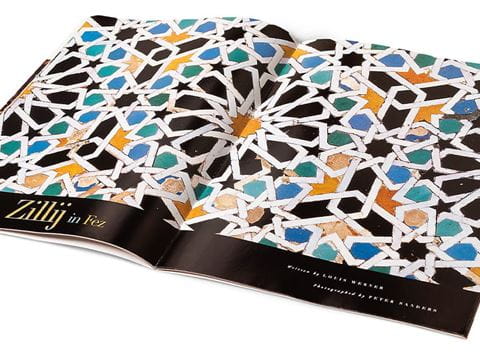
Spotlight on Photography: Explore Moroccan Zellige (Zillij) Tilework in Fez With Peter Sanders
Arts
In patterns and refractions, the old city of Fez, Morocco, comes to life through the geometric tile works known as zillij. In 2001, AramcoWorld commissioned photographer Peter Sanders to tell the story of a family who for five generations has added new dimensions to art and architecture.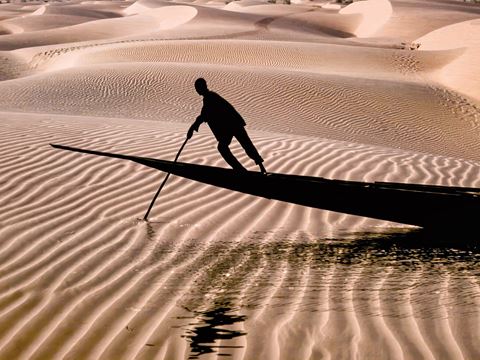
FirstLook: Poetic Fusion
Arts
Prior to our modern practice of image manipulation with editing software, photographers worked more with planned intention and craft.